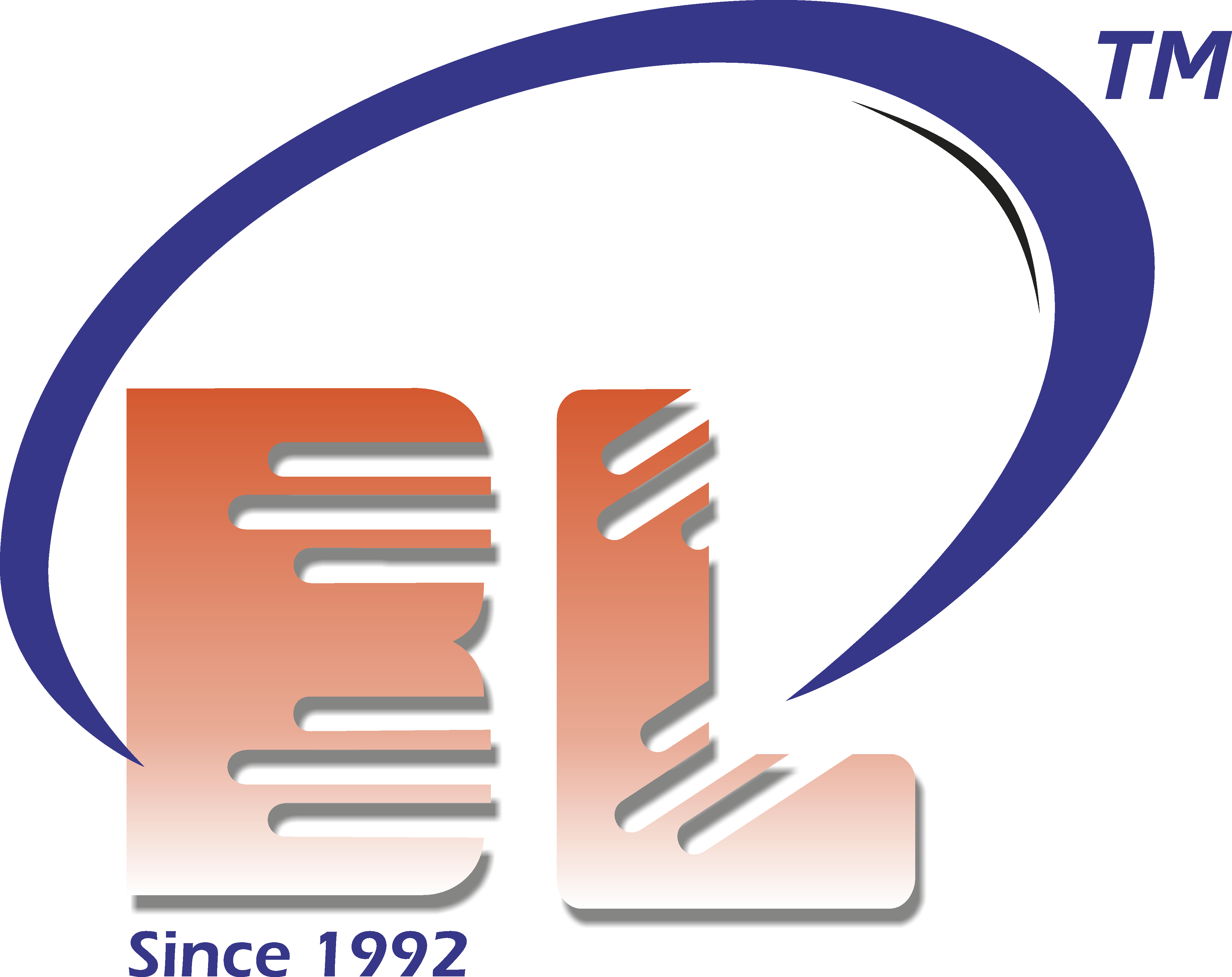Whenever the market reaches the peak people start arguing that we should not refer the PE for buying stocks. PE is not the parameter to judge buying level.

First of all, we should understand what is PE? In layman language it is “for earning ₹1 how much premium you are paying is called PE”. It means at PE of 20 you are paying ₹20 to earn ₹1.
A lower interest rate is always referred to for having a higher PE. Remember that the interest rate may grow EPS by facilitating the availability of cheap capital, but it can’t make it double or triple. The majority of profits comes from operating.
Being a shareholder or long-term investor your first motive of investment should be earning profits.
Suppose @ 0% interest rate PE is 100 you are getting 1% on your investment.
An NYU report on U.S. margins revealed the average net profit margin is 7.71% across different industries. But that doesn’t mean your ideal profit margin will align with this number. As a rule of thumb, 5% is a low margin, 10% is a healthy margin, and 20% is a high margin.
According to this, you should not pay more than 20x, your returns will come to 5%.
If you are paying more than this you will be earning less than the interest rate and also with increased risk which is not preferable. It is better to invest in FDs.
When it comes to justifying higher PE buying everybody will tell you half story about the journey of NIKKEI 225 from 1982 to 1989 (from 6,850 in October 1982 to a peak of 38,915.87 on December 29, 1989) and keep mum on 1989 onwards market trend.
Why one should not ignore PE can be understood by the following example of Japan’s NIKKIE 225.
What a coincidence, that today is the most important date in stock market history. Do you know what is the importance of today i.e. Dec-30 in stock market history? exactly 31 years ago on Japan’s Stock Market index NIKKEI – 225 made a peak of 38,915.87. on 29-dec-1989 and the bursting of Japan’s wild asset-price bubble, and starts getting corrected on Dec-30 1989. Even today after 31 years did not recover its peak, it is still languishing about 30% below the peak of 38,915.87 scaled on Dec. 29, 1989 (NIKKEI 225 is 27568.15 as on 29/12/2020). One of the Japanese economists, in the late 1980s, warned by saying “the sky-high prices cannot be explained by interest rates and other fundamentals” was Mr Kazuo Ueda, is now a professor at Kyoritsu Women’s University.
The Japanese Nikkei 225 index traded at an eye-popping Price-Earnings (P/E) ratio of about 60x, compared with the global norm of 14 to 16, on that day, right before the eventual collapse. The value of the Nikkei index increased over 450% in the eight years leading up to the peak in 1989 (from 6,850 in October 1982 to a peak of 38,915.87 on December 29, 1989). After 31 years of waiting passed for the peak level is still not regained.

NIKKEI 225
Look at the Long Term Returns [ Where is the compounding? ]:
1989-2009 from 38915.87 to 7054.98 Returns=-8.18% [20Yrs]
2009-2020 from 7054.98 to 27568.15 Returns=13.19% [11Yrs]
1989-2020 from 38915.87 to 27568.15 Returns=-1.11% [31Yrs]

Another example of such a scenario in which unrealistic stock market leads to great disaster in past history is of the US stock market in 1929. After the 1929 U.S. stock market crash, which triggered the Great Depression, it took 25+ years to regain share prices to their pre-collapse highs. Where only lower stocks in the case of the Nikkei 225 get respect for defeating their 30-year-old highs.
Above illustration is for being an investor for speculators there is no thumb rule, for them “price is parmeswar”. That is why ask a simple question to your self.
Who are you? An Investor or A Speculator?







Recent Comments